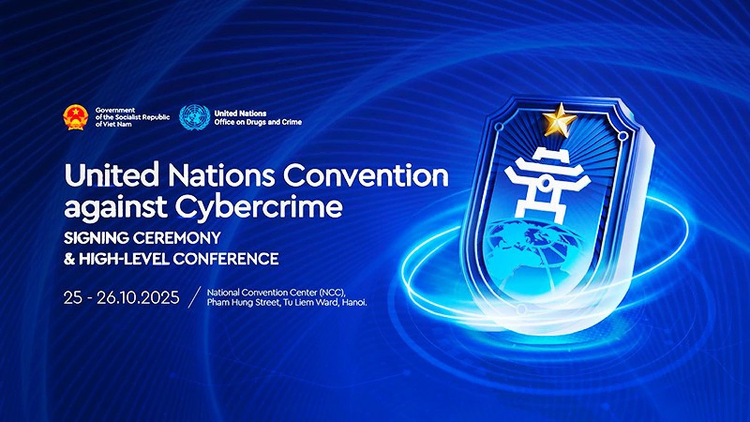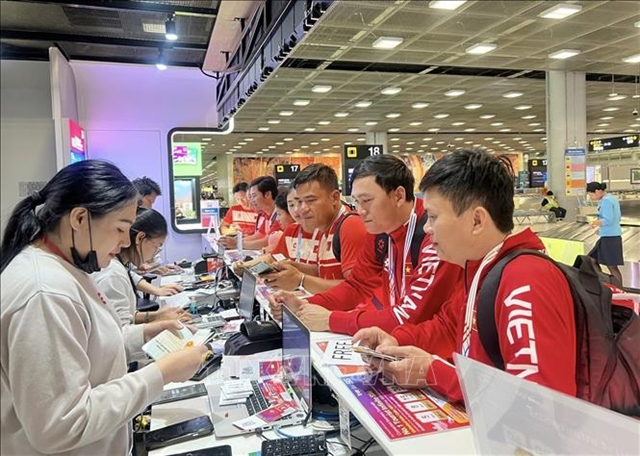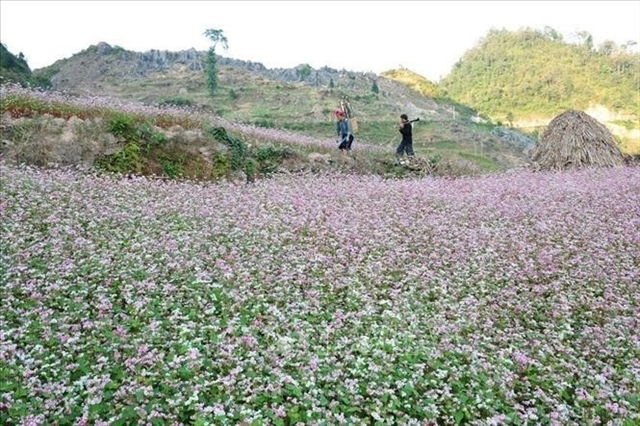
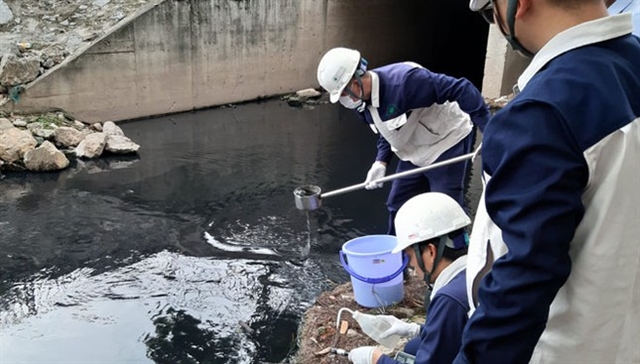
|
| JVE's workers to take samples of water in the Tô Lịch River, Hà Nội. VNA/VNS Photo |
HÀ NỘI — A Japanese organisation on Tuesday announced it was ready to pay all costs to clean the heavily polluted Tô Lịch River and West Lake in Hà Nội following a remark by an environment official saying the firm's sewage treatment technology had failed.
The Japan Environment and Business Organisation (JEBO), which was behind a pilot project to clean up the river and lake this summer, said it was prepared to pay in full for the treatment technologies and would rent them to Hà Nội authorities once they were proved to be successful.
Hà Nội would then take charge of the management and operation of the cleansing system, JEBO said.
JEBO, in co-ordination with the Japan Việt Nam Environment Company (JVE), kicked off a pilot project in May to clean a short section of the Tô Lịch River and part of West Lake using Japanese nano-bioreactor technology.
The project was run for three months before being wrapped up with a stunt when a project member immersed himself in the filtered water from the river to prove the success of the project in August.
However, Lê Văn Dục, director of the Hà Nội Department of Construction which oversees the capital’s sewage system, said JVE had been invited to carry out the pilot project in the capital city but “it failed”.
The comment sparked a protest from JEBO which claimed on Sunday that what the construction director said was “baseless”, and “opposite to the conclusion by the city People’s Committee”.
The Tô Lịch River has been a symbol of environmental pollution in the capital for decades despite several efforts to save it since the 1990s.
The blame has been placed on the 150,000 cubic metres of raw sewage released daily into the 14km-long river, according to statistics by the municipal Department of Environment and Natural Resources.
Apart from the Japanese project using nano-bioreactor technology to remove contaminants, Hà Nội authorities were also working on two other solutions to clean the river.
One was to build a system to collect the sewage which would then be transferred to the Yên Xá wastewater treatment plant. Construction of the system, however, has lagged behind schedule and won't be ready until 2021.
The other solution was to treat the water chemically using Redoxy-3C, a strong oxidizer which can degrade almost all inorganic and organic impurities in water. It has already been used in 87 lakes in Hà Nội since 2016.
The Redoxy-3C treatment, however, was being inspected following complaints over a lack of transparency in Hà Nội's purchase of the chemical. The city Inspectorate was due to release the inspection report on July 15 but so far nothing has been published.
The city inspector chief Nguyễn An Huy told the reporters on Wednesday morning that the inspectors were still in the middle of the work and would announce the conclusion as soon as it was available. VNS
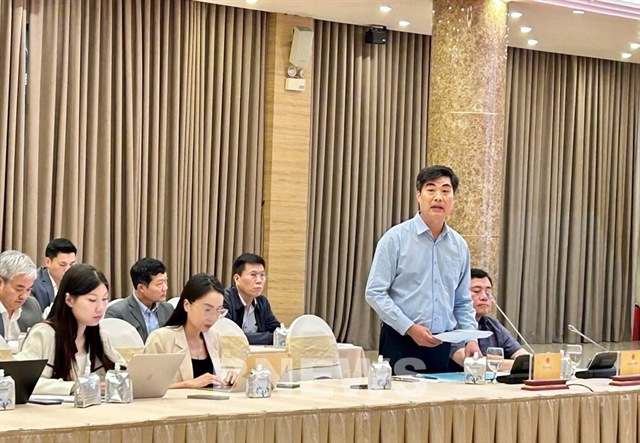
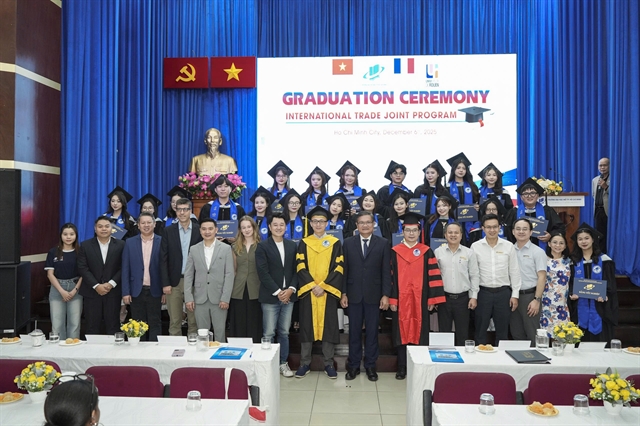
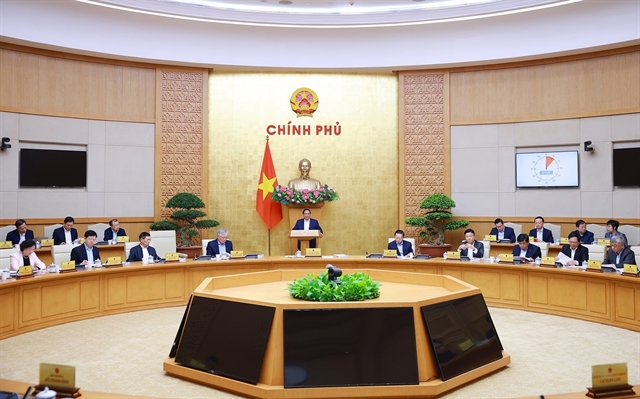
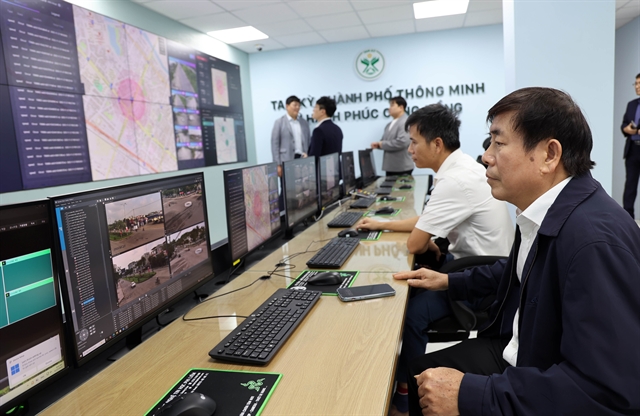
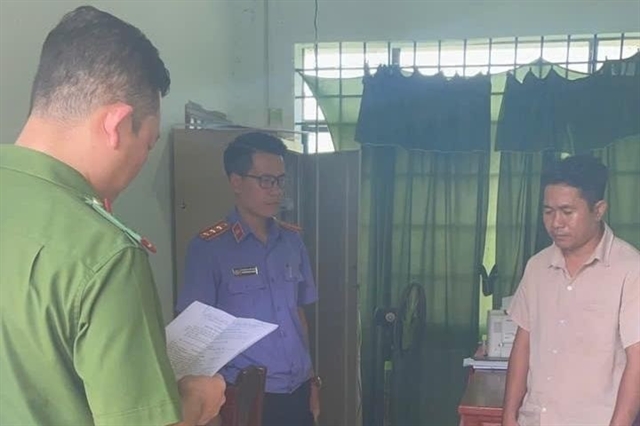
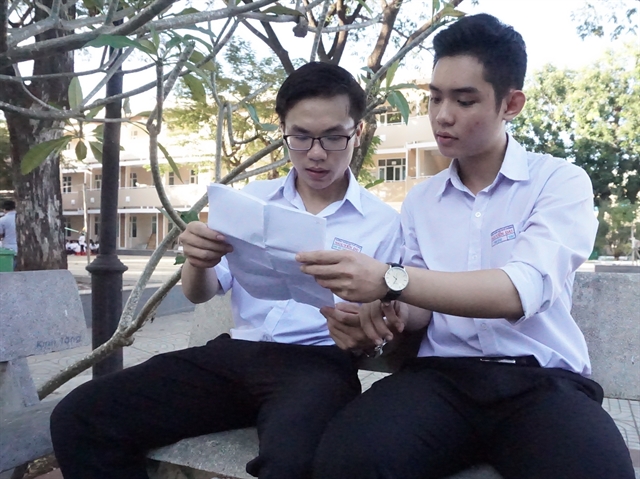
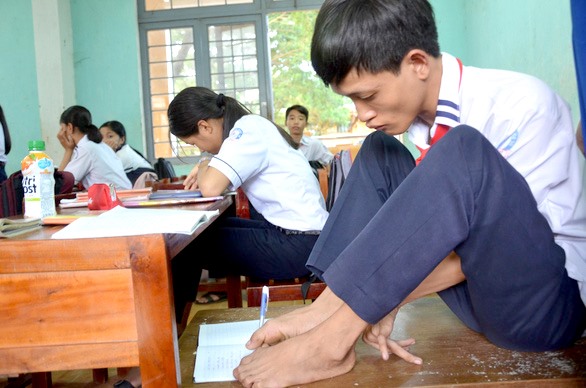
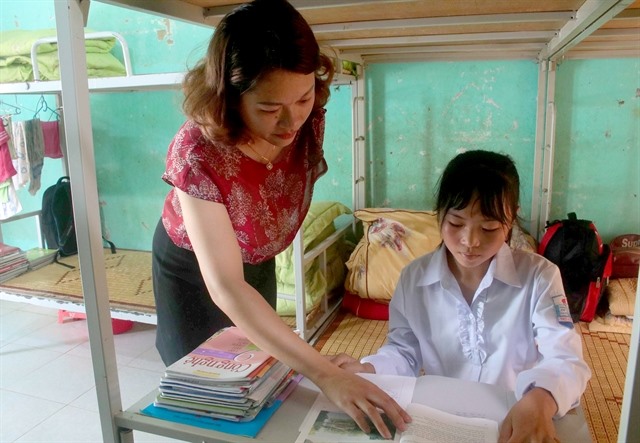


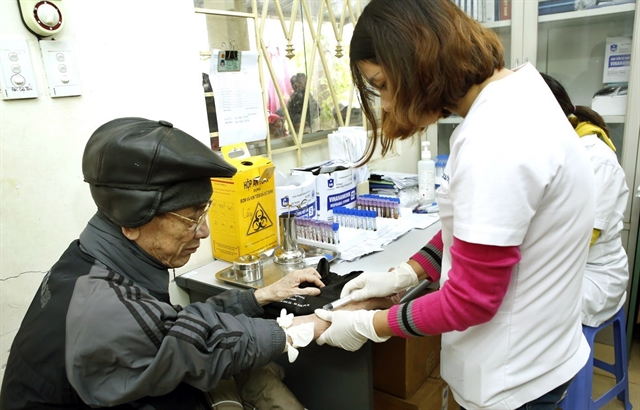
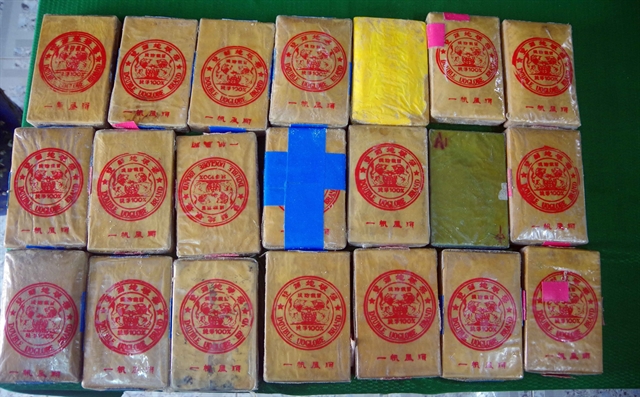
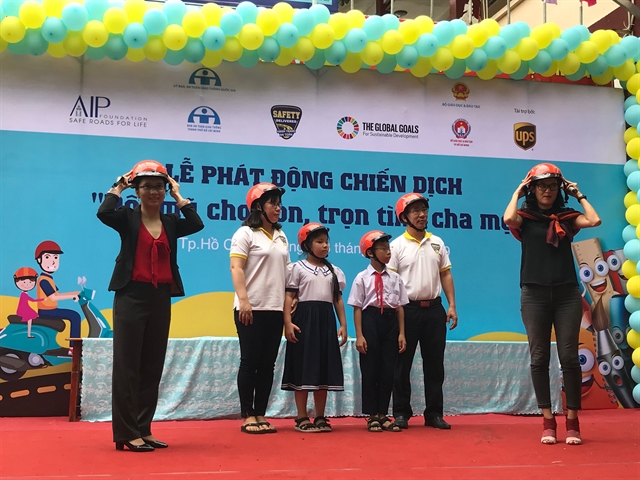
.jpg)
